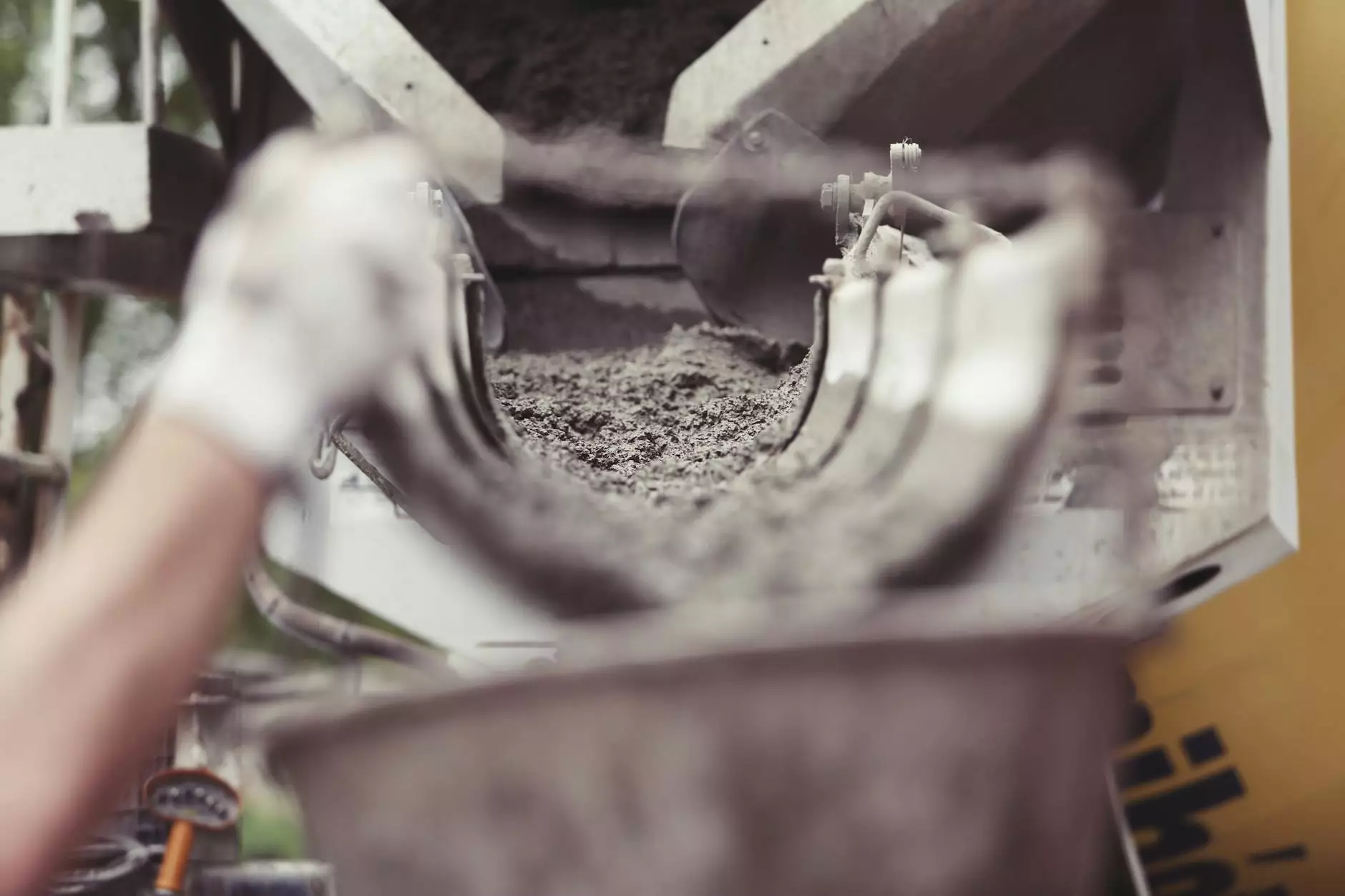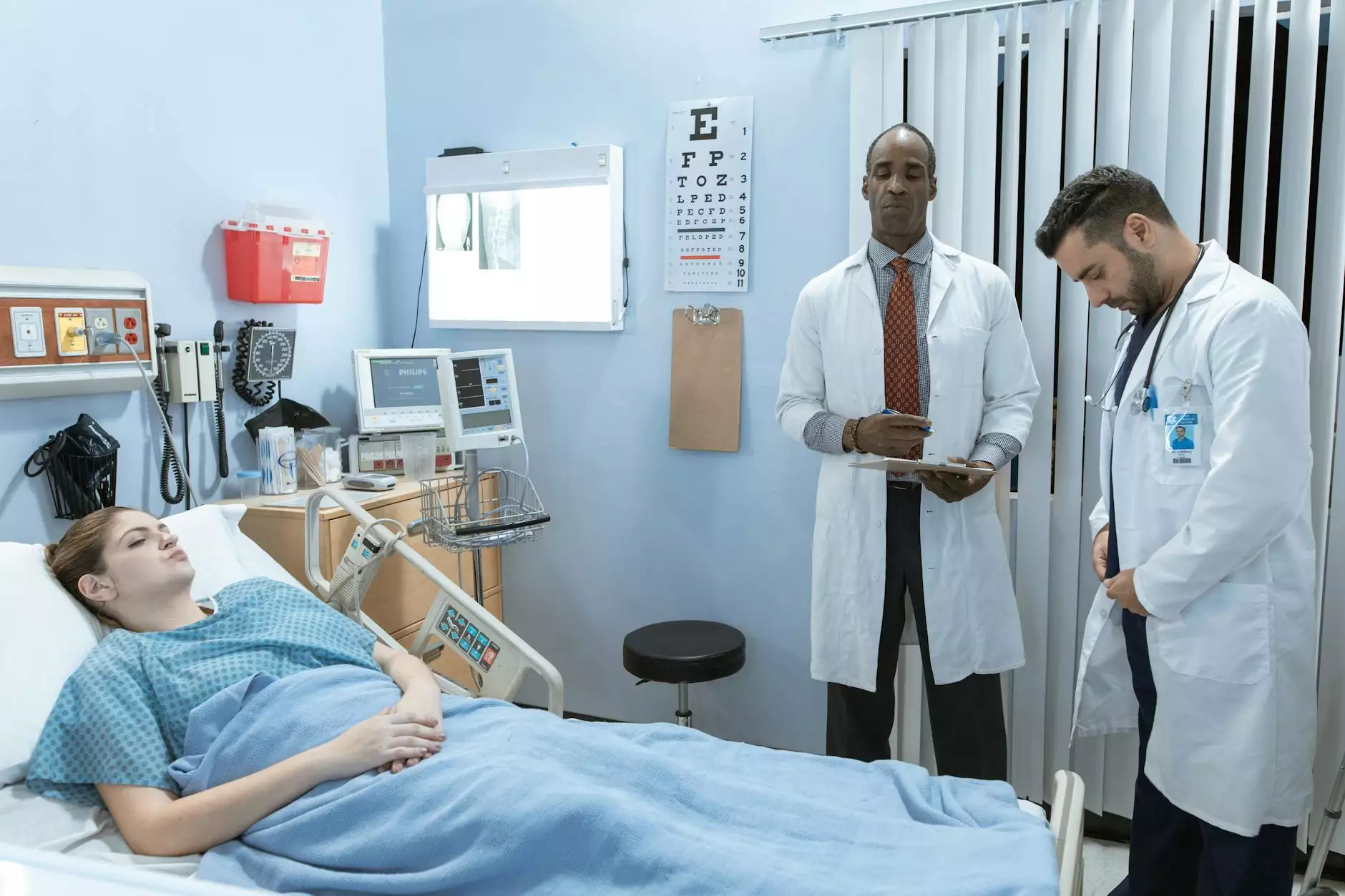Understanding Paint Curing Oven Design for Automotive Excellence

The automotive industry continually evolves, with advancements in technology and processes leading to improved vehicle aesthetics and durability. One critical component in achieving high-quality automotive finishes is the paint curing oven design.
The Importance of Paint Curing in Automotive Finishing
Paint curing is an essential process that enhances the durability and appearance of automotive finishes. It involves applying heat to paint so that it adheres better to the surface, ensuring long-lasting protection against environmental factors. Here’s why it matters:
- Promotes Durability: Proper curing increases the lifespan of auto finishes.
- Enhances Appearance: A well-cured paint exhibits a glossy finish and rich color.
- Improves Chemical Resistance: Cured paints resist solvents and chemicals effectively.
- Reduces Repair Needs: High-quality curing decreases the likelihood of paint defects.
Components of an Effective Paint Curing Oven Design
When designing a paint curing oven, several components are critical to ensure optimal performance. These components can drastically impact productivity and quality:
1. Heating System
The heating system is central to any paint curing oven design. There are several types of heating methods:
- Convection Heating: Utilizes air circulation to distribute heat evenly.
- Infrared Heating: Focuses heat directly on the paint surface, promoting rapid curing.
- Electric vs. Gas: Electric heating systems are more efficient, while gas systems typically have lower operation costs.
2. Temperature Control
Precise temperature control is essential for achieving optimal curing results. An effective paint curing oven design incorporates:
- Thermocouples: For accurate temperature readings throughout the oven.
- Regulators: To maintain a consistent temperature.
- Data Logging Systems: To track and record temperatures throughout the curing process.
3. Ventilation System
A robust ventilation system is crucial in any curing oven design. Proper ventilation helps:
- Reduce Fumes: Preventing harmful fumes from accumulating.
- Maintain Air Quality: Ensuring a safe work environment.
- Control Humidity: Essential for preventing defects in paint finishes.
Design Considerations for Optimizing Paint Curing Ovens
To maximize efficiency and output in an automotive painting facility, specific design considerations should be made:
1. Size and Capacity
The size of the paint curing oven impacts the number of vehicles that can be processed simultaneously. Consider:
- Space Availability: Ensure sufficient room for workflow.
- Production Volume: Design the oven to accommodate peak production demands.
2. Energy Efficiency
In an era of sustainability, energy efficiency is paramount. Consider implementing:
- Insulation: Enhance insulation to reduce energy losses.
- Variable Frequency Drives (VFD): Control motor speeds based on demand to save energy.
- Heat Recovery Systems: Utilize exhausted heat for warming incoming air.
3. Integration with Automated Systems
Integrating the paint curing oven with automated systems streamlines operations. This can include:
- Robotic Painting Systems: To ensure precision painting before curing.
- Automated Loading and Unloading: Increasing efficiency and minimizing human error.
Benefits of Advanced Paint Curing Oven Designs
Investing in advanced paint curing oven designs offers numerous benefits, enhancing overall productivity and quality:
1. Reduced Cycle Times
Modern designs allow for faster heating and cooling cycles, thus reducing overall production time.
2. Improved Finish Quality
Advanced designs ensure even curing across all surfaces, resulting in superior finish quality.
3. Lower Operational Costs
Energy-efficient designs can significantly reduce utility bills, leading to lower operational costs in the long term.
Future Trends in Paint Curing Oven Design
As technology advances, the paint oven curing industry is witnessing significant trends that will shape future designs:
1. Eco-Friendly Materials
There is a growing shift towards using sustainable and recyclable materials in oven manufacturing.
2. Smart Technology Integration
With IoT, ovens can be monitored and controlled remotely, ensuring optimal performance and timely maintenance.
3. Customizability
Manufacturers are increasingly offering customizable solutions tailored to specific operational needs.
Conclusion
In summary, paint curing oven design is a critical component of the automotive finishing process. A well-designed oven not only enhances the quality and durability of the paint but also streamlines production and reduces costs. As the industry embraces technological advancements and sustainable practices, the future of paint curing ovens looks promising.
By investing in quality paint curing ovens and understanding the nuances of their design, businesses can significantly improve their operational efficiency and product outcomes, ensuring that they stand out in the competitive automotive market.
FAQs about Paint Curing Oven Design
1. What is the ideal temperature for paint curing?
The ideal temperature varies depending on the paint type but generally ranges from 140°F to 180°F (60°C to 82°C).
2. How long does the paint curing process take?
The curing time can vary from 30 minutes to several hours based on the oven design and the type of paint used.
3. Can I retrofit my existing oven?
Yes, many existing ovens can be retrofitted with new technologies or components to improve their performance and efficiency.
4. What maintenance is required for paint curing ovens?
Routine maintenance includes checking heating elements, inspecting insulation, and ensuring ventilation systems are clean and functional.
5. Are there specific regulations for paint curing ovens?
Yes, you must comply with local environmental regulations concerning emissions and workplace safety standards.








